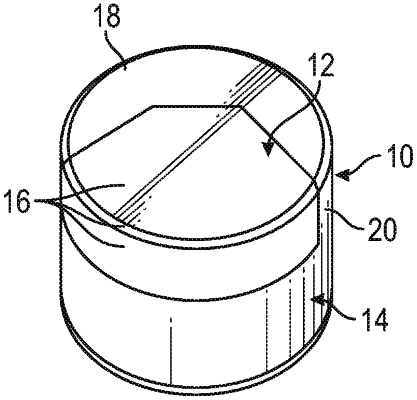| CPC E21B 10/5673 (2013.01) [C04B 35/528 (2013.01); C04B 35/645 (2013.01); C04B 41/009 (2013.01); C04B 41/5057 (2013.01); C04B 41/87 (2013.01); E21B 10/567 (2013.01); C04B 2235/427 (2013.01); C04B 2235/442 (2013.01)] | 20 Claims |

|
10. A method for making a cutting element comprising the steps of:
subjecting a volume of diamond grains to an HPHT sintering condition in the presence of a carbonate material and in the absence of a substrate to form a carbonate polycrystalline diamond body comprising a matrix phase of intercrystalline bonded diamond and a plurality of interstitial regions dispersed within the matrix phase comprising the carbonate material;
combining the carbonate polycrystalline diamond body with matrix casting precursor materials and subjecting the combination to an elevated temperature to form a matrix casting that is mechanically coupled to the carbonate polycrystalline body, wherein a surface portion of the carbonate polycrystalline diamond body is exposed from the matrix casting; and
treating the exposed surface portion of the carbonate polycrystalline diamond body to increase the compressive residual stress of the surface portion;
wherein the exposed surface portion comprises a compressive residual stress that is greater than the residual stress of at least a region of a remaining portion of the carbonate polycrystalline diamond body, and wherein the at least a region of the remaining portion of the carbonate polycrystalline diamond body that is not exposed has a compressive residual stress of less than about 100 MPa.
|